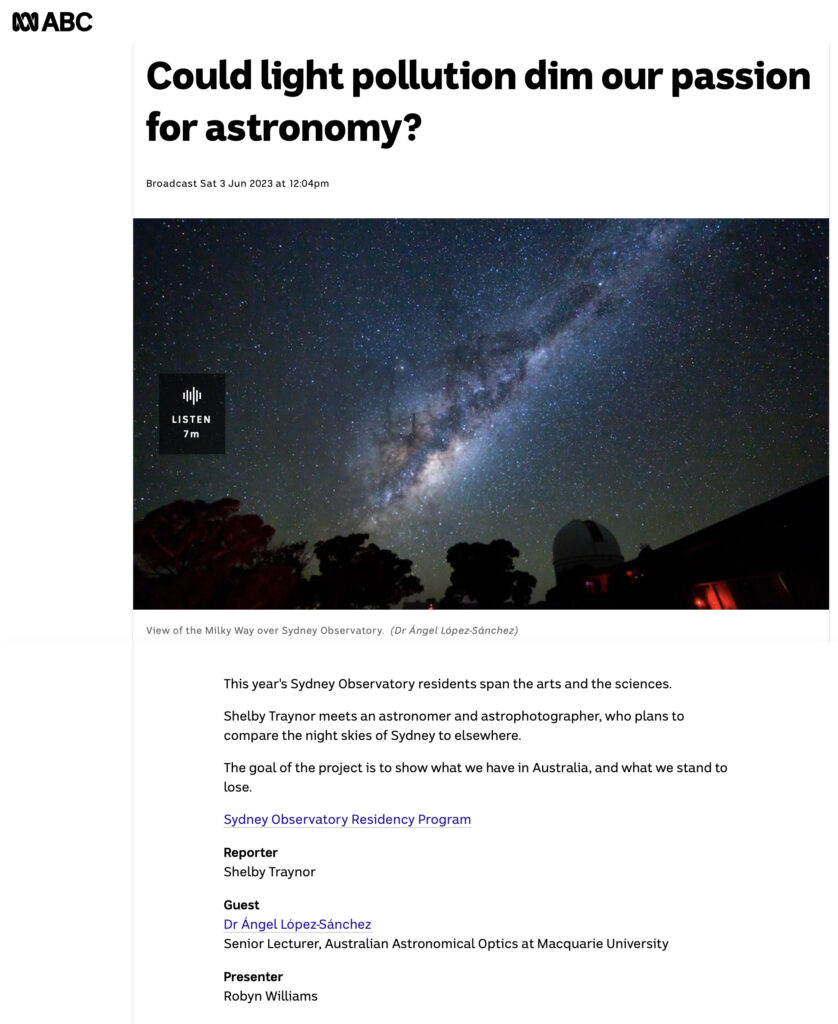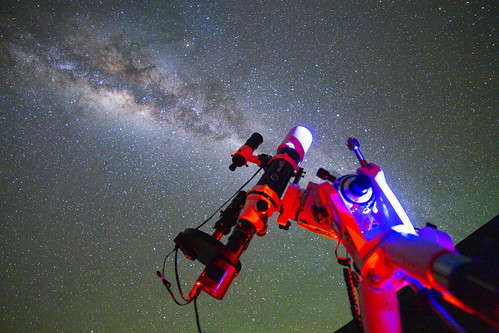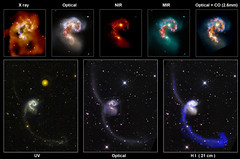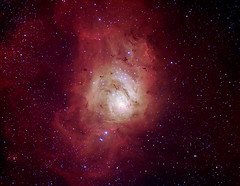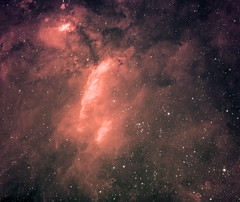Text adapted from two lengthy posts that ChatGPT just generated for me after providing it with several posts from my original Spanish blog, giving it a brief list of what I am currently doing and how I feel, and asking it to write it for me. Then translated into English.
Here I am, in the control room of the Anglo-Australian Telescope, in the midst of the starry night. It’s 3 AM, and there are still three hours left until my observation session ends. The atmosphere in the room is calm and serene, filled with anticipation for what lies ahead.
My main goal for the night was to obtain observations of several thousand stars from the Scorpius-Centaurus stellar association, a fascinating group of young stars located in our galaxy. These stars are crucial for understanding galaxy formation and evolution, so I was excited to delve into this research.
The 2dF instrument, with its array of optical fibers, allows us to collect light from multiple stars simultaneously, increasing data collection efficiency. With the HERMES instrument, we obtain high-resolution spectra of the selected stars, revealing crucial information about their chemical composition, velocity, and other fundamental parameters.
The control room is softly illuminated to maintain night vision, and the constant sound of equipment and computers creates an atmosphere that combines technology and mystery. Monitors and screens surround me, displaying real-time data as I carefully adjust the observation parameters to achieve the best possible results.
Despite the late hour and lack of sleep, my passion for astronomy keeps me alert and excited. Every star that appears in the telescope’s field of view is a new opportunity to unveil cosmic secrets and expand our knowledge of the universe.
As I conducted the observations, I felt awestruck by the beauty of the night sky. The stars shone brightly, like small points of light whispering cosmic secrets. Amidst the tranquility of the night, I immersed myself in the vastness of the universe, feeling a deep connection to the mysteries unfolding before my eyes.
Although I knew I should be working on my scientific article on neutral gas in galaxies or processing KOALA data, I decided to take a break and enjoy this unique moment. I had spent several nights observing and processing astronomy images, and my mind needed a rest. So, I decided to seize the opportunity to interact with ChatGPT, exploring new perspectives and fueling my scientific curiosity.
This play of words and knowledge allowed me to broaden my horizons, learn new ideas, and have fun while uncovering new aspects of the vast field of astronomy. It was an enriching experience that reminded me of the passion I feel for my work and the constant desire to learn more and contribute to the advancement of scientific knowledge.
So, with a mind full of ideas and a heart filled with awe, I continue on my journey as an astronomer, ready to unveil the secrets of the cosmos and share my passion for astronomy with the world.
As I continue with my observations, time seems to stand still. The outside world fades away, and only the immensity of space, the stars, and myself exist. I immerse myself in the contemplation of celestial beauty, fascinated by the complexity and vastness of what I am witnessing.
Despite the fatigue, the excitement, and the curiosity, continue to drive me forward. I know that these hours dedicated to observation are crucial for my research, and that each collected data point is a valuable piece in the cosmic puzzle I am assembling.
Now, after an exciting and enriching night, I am ready to resume my scientific tasks with renewed energy. I know that the path of scientific research can be challenging, but moments like these, where I can get lost in the universe and enrich my knowledge, remind me why I chose this exciting discipline.

